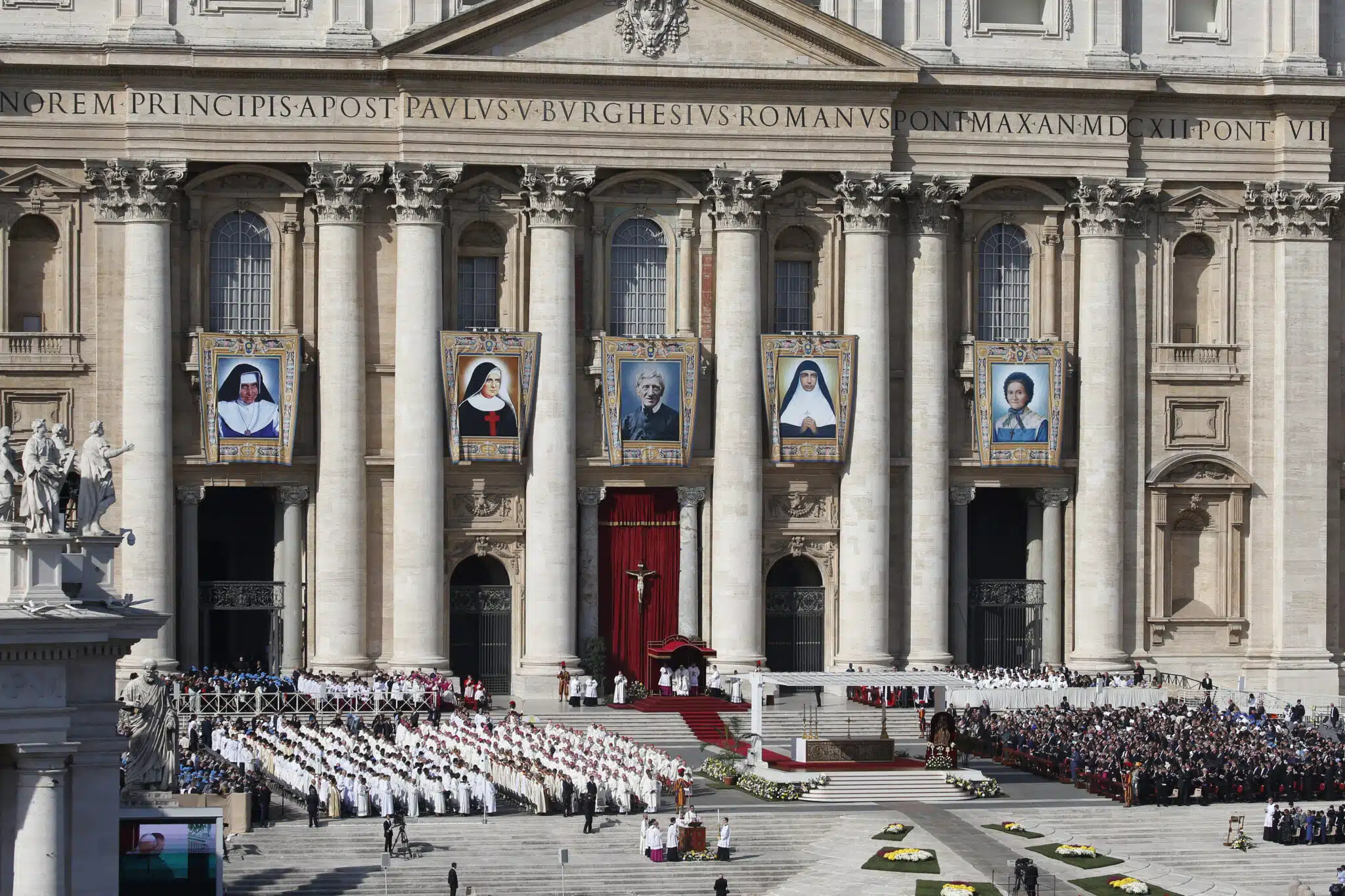In your December “Book Corner,” a review mentioned four stages in the canonization process: servant of God, venerable, blessed and saint. What do these stages mean?
A person is formally called a “servant of God” when the diocesan process has been completed and the records are sent to the Holy See’s Congregation for the Causes of Saints. Usually that process is done in the diocese where the person died; it includes testimony about the person and copies of the person’s writings.
After the congregation has reviewed the work at the diocesan level and perhaps obtained additional information, it may publish a decree that this person indeed showed heroic virtues. After a panel of theologians has examined any writings from this person and found them to reflect the Catholic faith, then the person may be declared venerable.
Next, a reported miracle must be examined by three teams that work independently: doctors, theologians and several cardinals. If they and the pope agree that the cure was miraculous, the person can be officially declared blessed. (If the person is acknowledged as a martyr, no miracle is needed at this stage.) A liturgical observance is now permitted in the region where this person lived, within the religious family to which he or she belonged or elsewhere. For example, Blessed Teresa of Kolkata and John Paul II’s feasts are observed in most of the world on Sept. 5 and Oct. 22, respectively.
A second miracle, requiring the same process of approval, is needed before the person can be declared a saint and a liturgical observance permitted (but not required) worldwide.
Ask a Franciscan appears monthly in St. Anthony Messenger. Click here to learn more!








